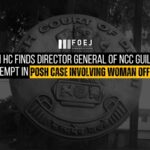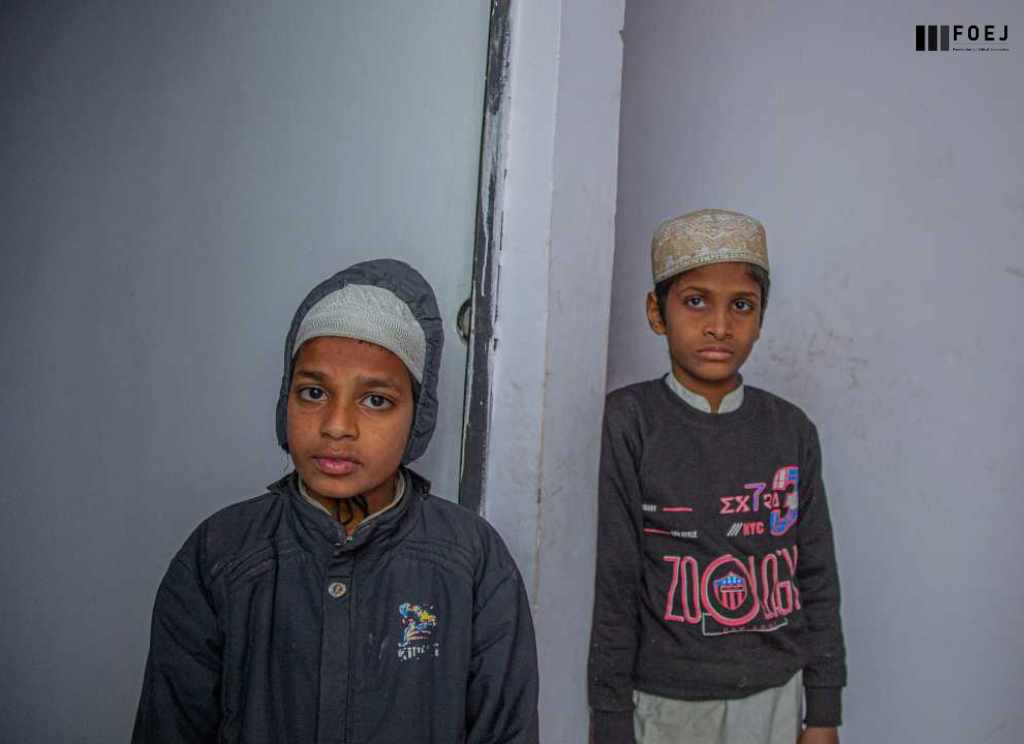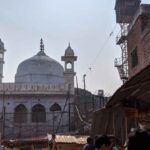For centuries, what stood as a testament to history was ruthlessly ravaged within a mere hour, posing an important question to those who can’t empathize with the narratives that echo inside the walls. A centuries-old mosque, reminiscent of many others in India and whose madrasa had been providing shelter to 25 children, succumbed to recent demolitions.
Akhonji Mosque, believed to have been built 600 years ago, was destroyed by orders from the DDA department, even though it belonged to a time when the DDA itself didn’t exist. Allegations of illegal land usage became the catalyst for the destruction of this sacred place, a structure dating back to the time of Raziya Sultan, symbolising a fragment of our cultural heritage.
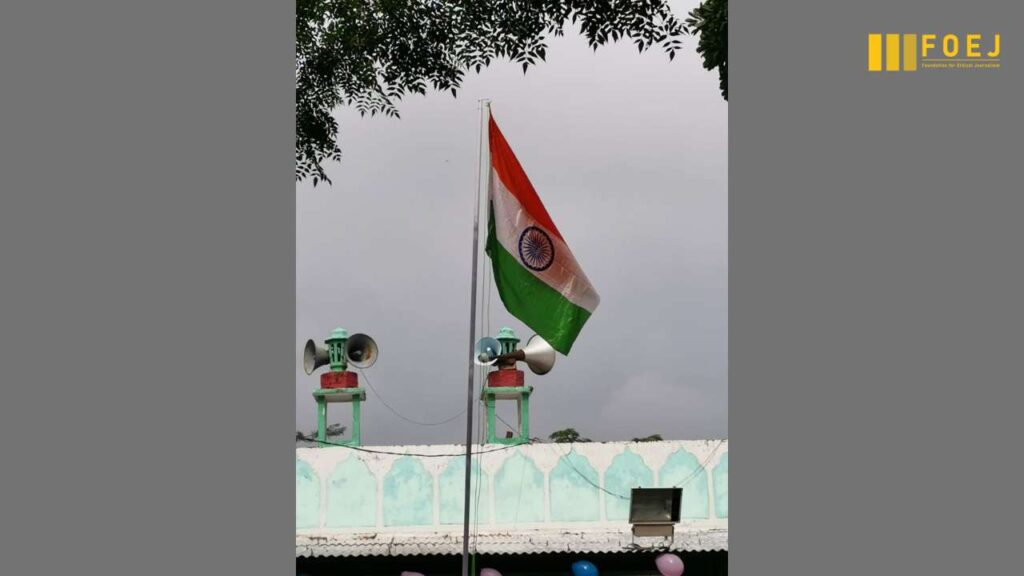
In 2014, the mosque received validation from the court for its legal construction, yet months ago, it faced renewed scrutiny following an investigation by the ASI and DDA. Yesterday, with no forewarning, the DDA department, accompanied by JCBs, descended upon the mosque, reducing it to ruins.
Muzamil, the English teacher at the madrasa, stated, “The mosque, where the masjid is said to be located, is not recent; its construction material dates back centuries. It was established during the time of Raziya Sultan.”
“The case was under consideration in the Supreme Court. We had received a letter for the landmarking process following investigations by the Delhi Development Authority (DDA), the Waqf Board, and the Archaeological Survey of India (ASI). However, the landmarking process has not been completed yet. We possess all the necessary documents to support our case.”
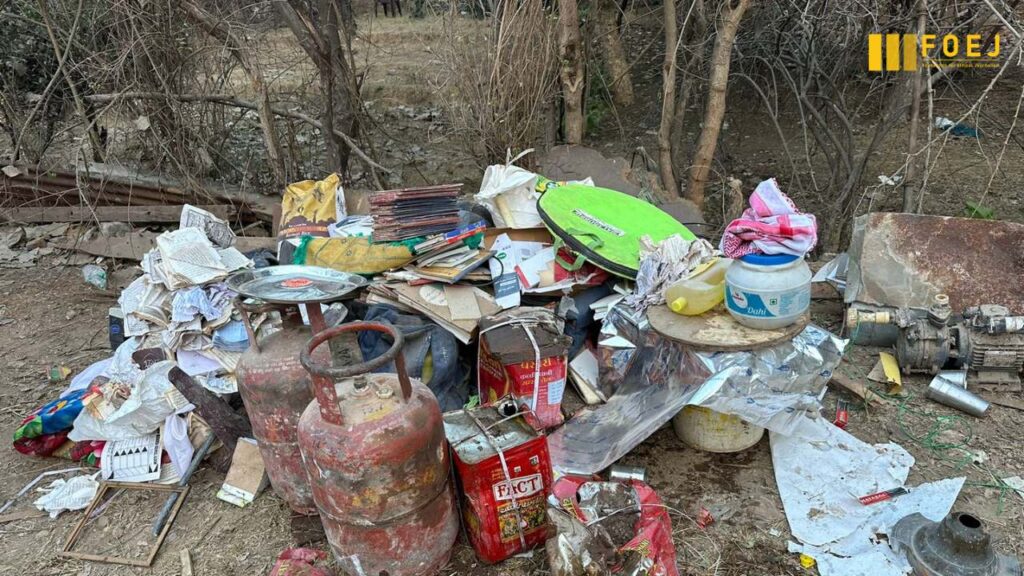
Excavated Graves and Disgrace to the Religious Texts
Some individuals affiliated with the Madarsa have raised concerns about the recently excavated graves in the graveyard adjacent to the mosque in Mehrauli. They question why access is being restricted to the area. The individuals also highlighted the disrespect shown to religious texts during the demolition process. Journalists were denied entry at the Qutub Minar yesterday, and today, restrictions have been implemented near the demolished site only.
A Madarsa associate recounted, “We entered from the rear to assess the mosque’s condition. Subsequently, we were taken to the police station, our criminal history was examined, and we were released in the evening. There is a small gate to the graveyard, and from there, we observed that the graves had been opened.”
“Some teachers from the madrasa visited the site and uncovered the desecration of my mother’s three-year-old grave. The police prevented me from even collecting soil from the grave, and the once sacred place where I used to offer flowers is now destroyed completely,” lamented Sameer, who had come to pay respects to his mother’s grave.
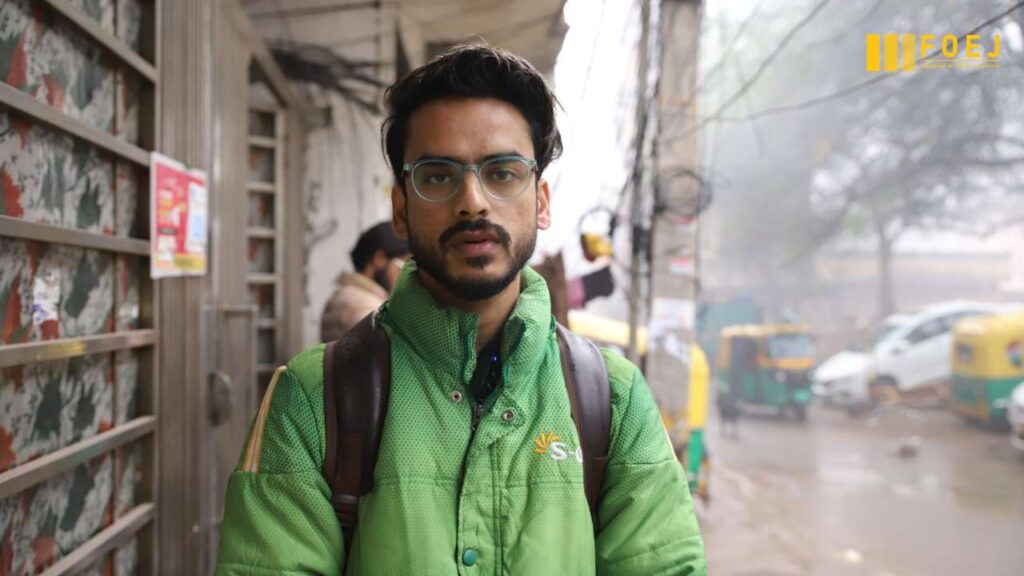
Shams Tabrez Khan, whose wife is buried in the graveyard, questioned, “If they came for the mosque, why demolish the graves? The graveyard is intended for the public but holds personal significance for us. She passed away during the COVID period due to a liver problem, and the government allocated this burial ground for my dear wife, Ishrat-un-Nisa. I was devastated to learn that they had desecrated the graves.”
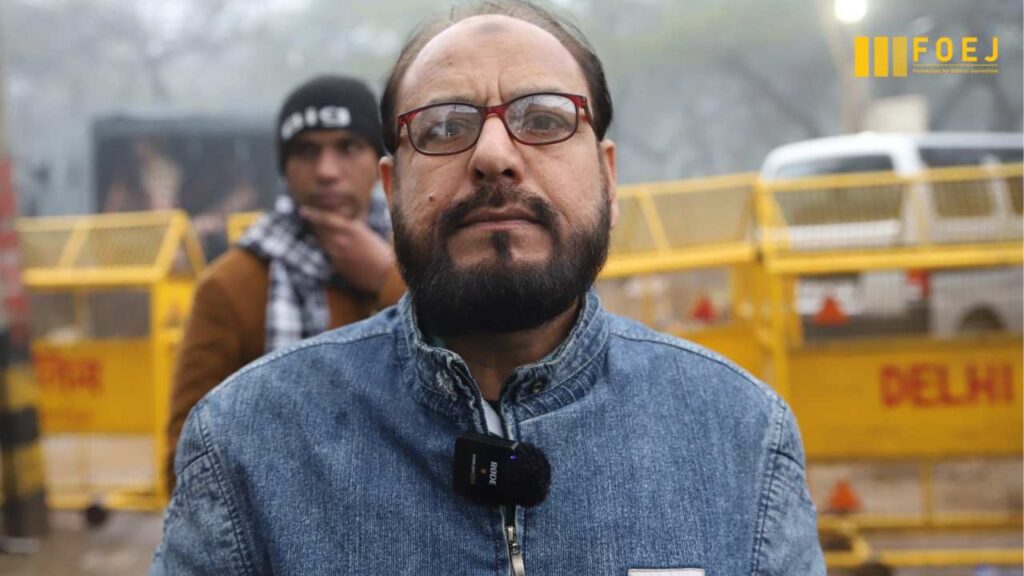
Innocence Lost, Humanity at Test
Amidst the wreckage, children stood without any possessions, food, and utensils, their gaze lost in the chill of the morning. Computers and textbooks, painstakingly collected over the years for their education, lay in a mess, religious texts blending with the soil beneath the open sky. The brutality of the event is unfolded in videos captured with great difficulty by those dedicated to the madarsa.
The imam and his associates, seized by the police in the morning, had their phones snatched and were discarded at a distance from the mosque. Upon their return, the demolition had already happened. Some children, lacking footwear, walked barefoot to another madrasa, seeking refuge. Fortunately, the madrasa swiftly coordinated, providing the children with clothing, sustenance, and shelter.
Afzal, a 12-year-old student who was compelled to flee, found himself standing cold and barefoot amidst chaos. He recounted, “The police arrived early in the morning, instructing us to hastily gather our belongings and leave without providing enough time to pack. I departed without my sandals. When I pleaded with them to allow me to get my footwear because my feet were cold, the policeman scared me, threatening to beat me.”
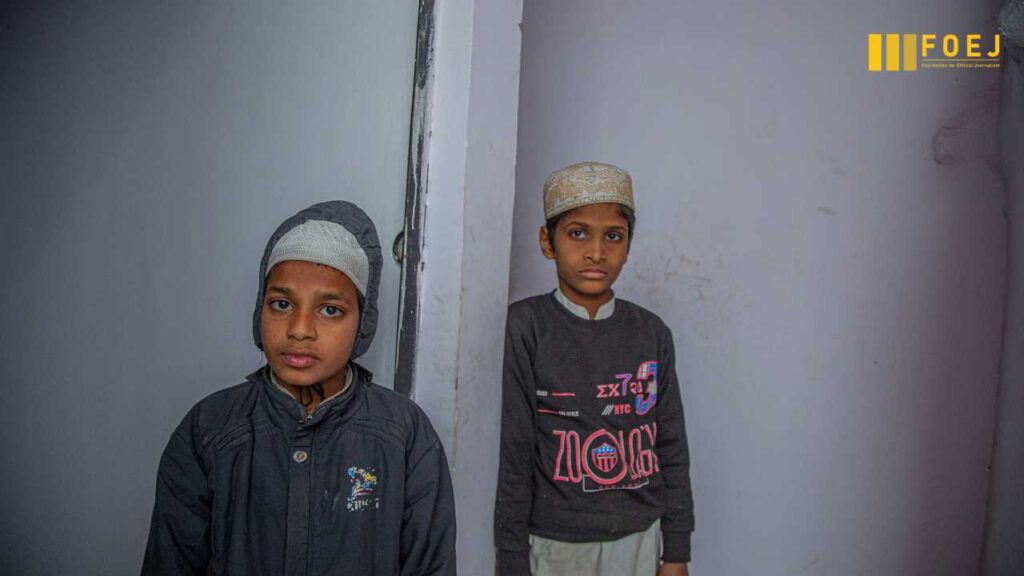
Javed, the imam of the mosque, casually strolled along the street, where children were forced to walk barefoot in the morning. He observed, “This was the route taken by the children as they walked to the other madrasa after enduring 10–12 hours in police custody. The road was covered in mud, and some children arrived without wearing any sandals.”
Discussing the educational achievements of the madarsa, Muzamil emphasised, “We used to organise diverse events, welcoming children from other madrasas and providing guidance on health and hygiene. After the demolition, some alumni from our institution visited the site and expressed their sorrow. Currently, these graduates are successfully employed in various fields.” Expressing satisfaction with the accomplishments of these individuals, he added, “We ensured a high-quality education for them, incorporating modern facilities such as computers, projectors, printers, and the latest technology. Our mission was supported by numerous non-governmental organizations (NGOs). Furthermore, as part of our commitment to the community, we extended food assistance to those in need.”

Suhail Sheikh, a distressed father, arrived to visit his child and tearfully expressed, “I came to see my son and brought clothes for him. To my surprise, I learned that the mosque had been demolished. When I requested the police allow me to meet my child, they refused, questioning why I even became a parent. It has been five months since I last saw my child.”
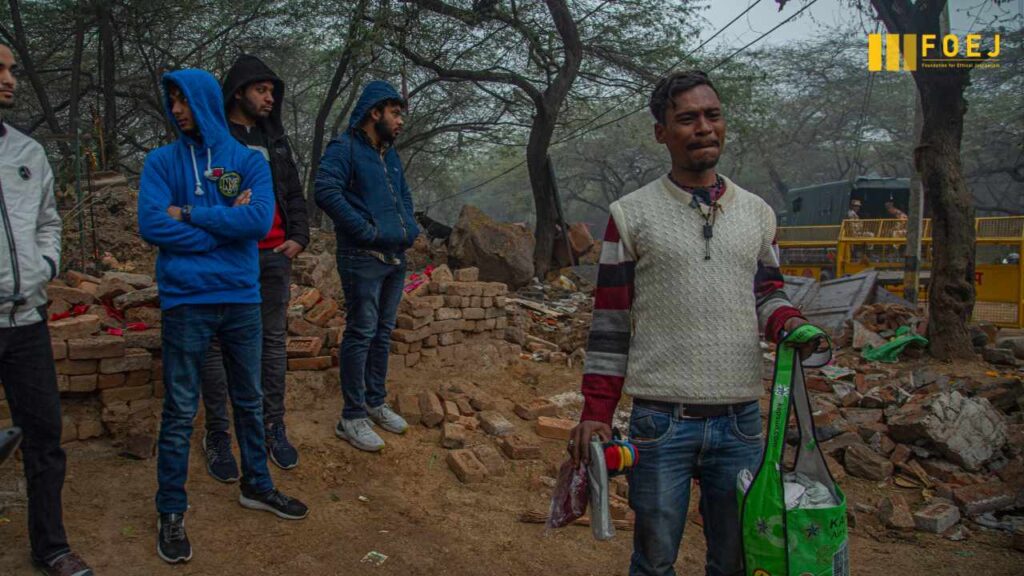
In the devastating aftermath of the mosque’s abrupt demolition, innocence lies scattered amidst the debris as children, barefoot and bewildered, stand amid the ruins of their shattered sanctuary. The violation extends beyond bricks, surrounding desecrated graves and dishonoured religious texts. In yesterday’s cold morning of despair, resilience shone through, while the wind of injustice lingers, demanding answers.



